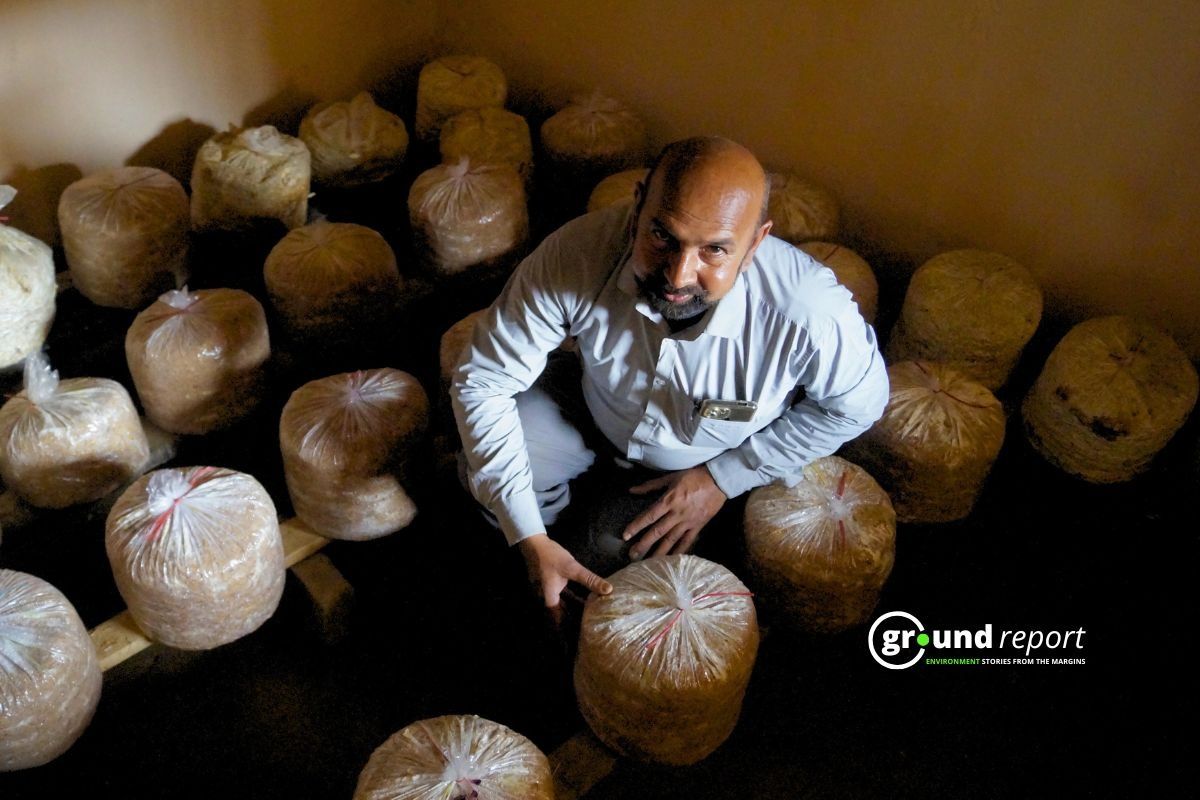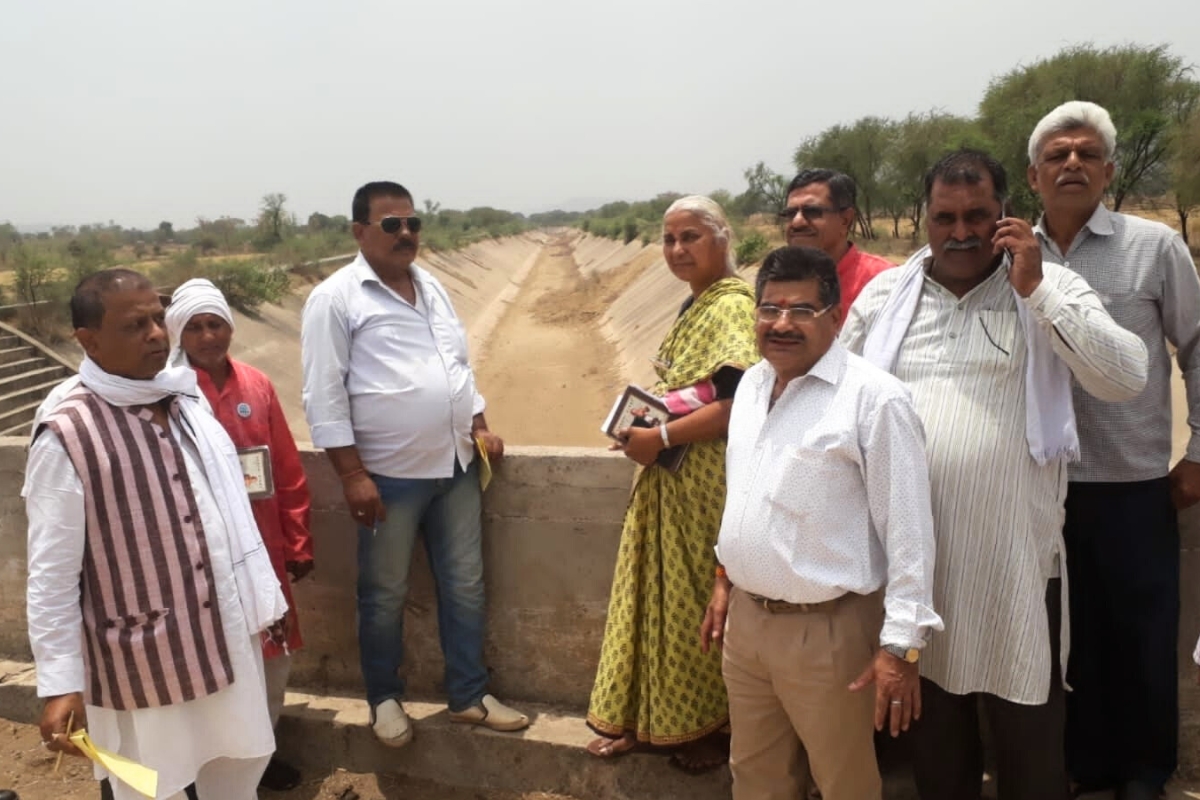A new study has found that the number of people living in rural areas around the world is much higher than previously thought. Researchers at Aalto University in Finland discovered that major global population datasets have been undercounting rural populations by as much as 84%. The findings, published in the journal Nature Communications, raise serious concerns about how governments and international organisations allocate resources and plan for development.
Rural population undercounted by Up to 84%
The study analysed five widely used global population datasets: WorldPop, Gridded Population of the World (GWP), Global Rural-Urban Mapping Project (GRUMP), LandScan, and Global Human Settlement Population Grid (GHS-POP). These datasets help researchers, governments, and organisations estimate how many people live in different areas. However, the study found that they consistently underestimated rural populations, with errors ranging from 53% to 84%.
“For the first time, our study provides evidence that a significant proportion of the rural population may be missing from global population datasets,” said Josias Láng-Ritter, a researcher involved in the study.
One of the main reasons for this undercounting is that global population estimates rely heavily on national population censuses. In many countries, census data is incomplete, especially in rural areas where people live in remote locations, making data collection difficult.
If rural populations are underestimated, it can lead to serious consequences. Governments and international organisations rely on population data to plan for healthcare, transportation, and disaster response. When rural areas are undercounted, they receive fewer resources than they actually need.
“In many countries, policymakers use global population maps to decide where to build hospitals, schools, and roads. If these maps are wrong, rural communities might not get the services they need,” Láng-Ritter explained.
For example, if the population of a rural area is much higher than reported, hospitals may not have enough doctors or medicine, and roads may not be built to serve all the people living there. This can make life harder for rural communities and create inequalities between urban and rural areas.
How study verified underestimation
To confirm their findings, the researchers compared population estimates with data from over 300 large dam projects in 35 countries. When dams are built, people living in the area must be relocated, and their numbers are carefully recorded because they receive compensation. Unlike census data, these records are highly accurate and provided an independent way to check the accuracy of population datasets.
The comparison showed that global population datasets had consistently underestimated the number of people living in rural areas. Even the most recent datasets from 2010 missed between 32% and 77% of the rural population.
The researchers believe that improving census accuracy, using alternative data sources, and balancing population models will help correct these errors. Without these changes, rural communities may continue to be overlooked in decision-making, leading to unfair distribution of resources.
“While our study shows that accuracy has improved over time, the problem remains. We need better data collection methods to ensure that rural communities receive the attention and resources they deserve,” said Láng-Ritter.
Accurate population data is essential for fair and effective planning. The study highlights the need for governments and organisations to invest in better ways of counting people, especially in remote and rural areas.
Support us to keep independent environmental journalism alive in India.
Keep Reading
California Fires Live updates: destructive wildfires in history
Hollywood Hills burning video is fake and AI generated
Devastating wildfire in California: wind, dry conditions to blame?
Los Angeles Cracks Under Water Pressure
From tourist paradise to waste wasteland: Sindh River Cry for help
Follow Ground Report on X, Instagram and Facebook for environmental and underreported stories from the margins. Give us feedback on our email id greport2018@gmail.com.
Don’t forget to Subscribe to our weekly newsletter, Join our community on WhatsApp, and Follow our YouTube Channel






